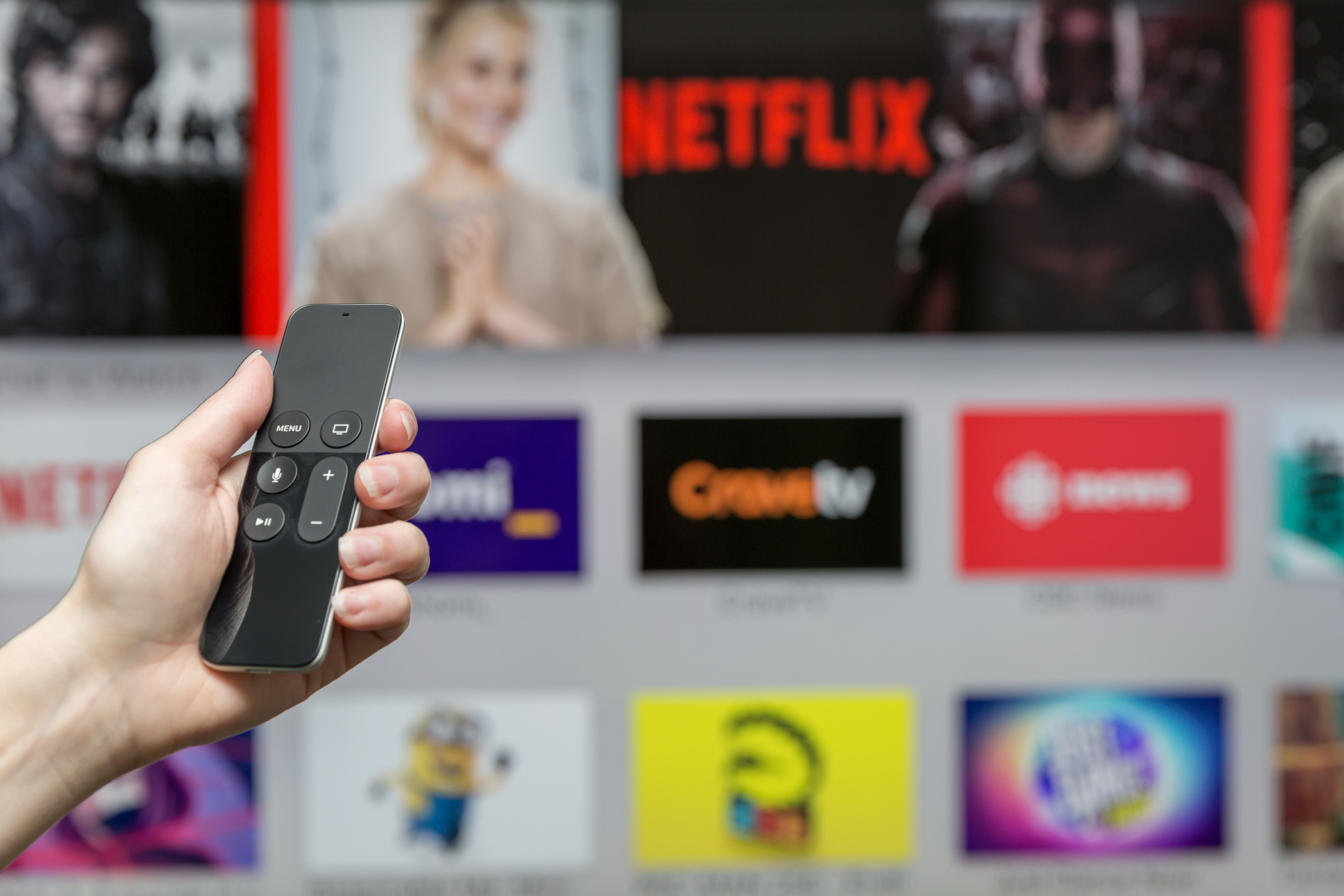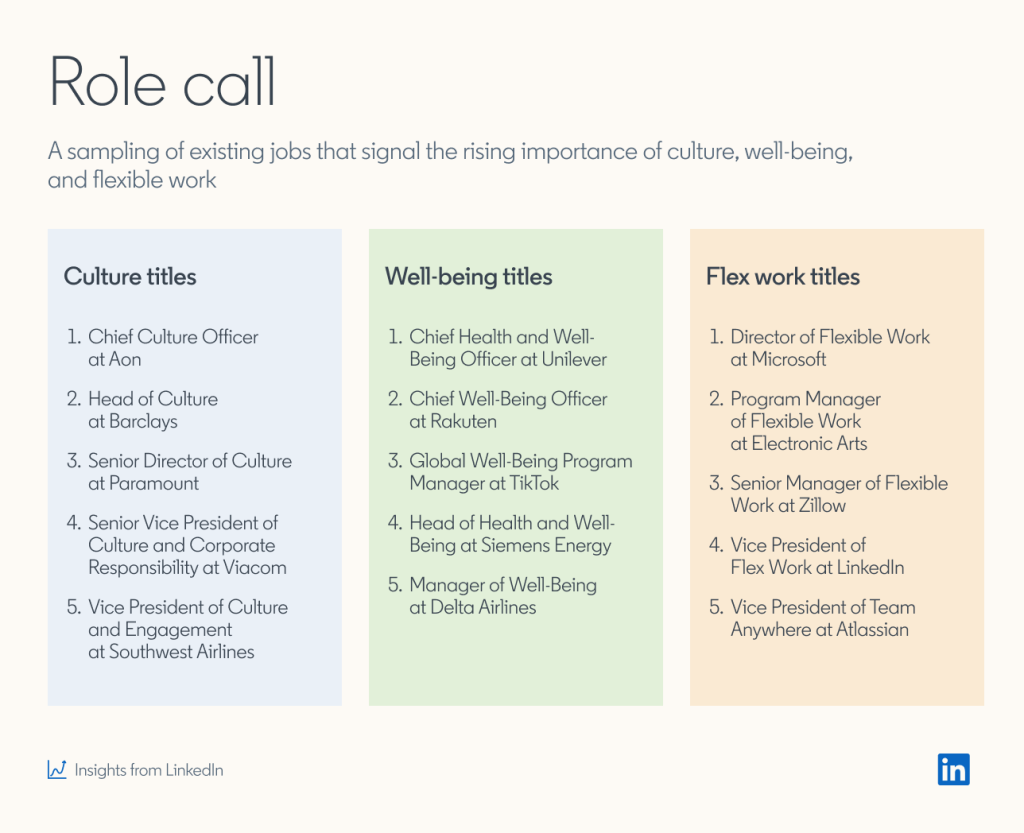Netflix announces layoffs ‘driven by business needs’, Apple suspends in-office work requirement, and more
Get helpful tips on communicating about downsizing, along with our weekly roundup of inspiring stories.

Hi there, comms connoisseurs.
Let’s explore some notable stories from May 16-20, 2022 — and pull out a few timely, tactical takeaways along the way:
1. What Netflix’s downsizing approach says about layoff communications
Netflix announced this week that it would cut around 150 jobs, mostly in the U.S., to address declining revenue and subscriber numbers.
“As we explained on earnings, our slowing revenue growth means we are also having to slow our cost growth as a company,” a Netflix spokesperson said in a statement. “So sadly, we are letting around 150 employees go today, mostly U.S.-based. These changes are primarily driven by business needs rather than individual performance, which makes them especially tough as none of us want to say goodbye to such great colleagues. We’re working hard to support them through this very difficult transition.”
“This felt more of a matter of when, than if,” said a contractor who was part of a team that ran social media content promoting LGBTQ storytelling. The contractor, who was not authorized to speak publicly, became aware of the layoffs first through the news, and hours later attended an all-hands meeting where a group of people were informed they were losing their jobs.
One partner at an agency who declined to be named attributed the slowdown to risk-averse managers at Netflix who are scared of taking big bets after the earnings report.
“Everyone is looking over their shoulder there,” said the agency partner, who did not want to be named to protect business relationships.
“A number of agency contractors have also been impacted by the news announced this morning,” the company said in a statement. “We are grateful for their contributions to Netflix.”
This news comes days after Netflix published a lengthy post about company culture on its jobs site.
The thing we most value is working with talented people in highly creative and productive ways. That’s why our core philosophy is people over process, and why we try to bring great people together as a dream team. Of course, any growing business requires some process and structure. But with our people-first approach, we can be more flexible, creative and successful in everything we do.
It’s easy to talk about valued behaviors; it’s harder to live them. In describing courage we say, “You question colleagues’ actions inconsistent with these behaviors.” We all work to keep each other accountable for living up to these standards, especially our leaders.
The culture memo and layoffs both follow Netflix laying off the diverse team that worked on its brand journalism site, which sparked conversation around the company’s gestural approach to DE&I:
One of the reasons it’s so important for inclusion efforts to be built into all your existing structures is that organizations that only create separate projects they treat like add-ons (their quality and importance notwithstanding) are likely to cut them loose to save money. https://t.co/HbDNB3lUdy
— Linda Holmes thisislindaholmes.com (@lindaholmes) May 18, 2022
This insight, along with the feedback from Netflix’s agency partners, demonstrates a disconnect between the ‘people over process’ philosophy the company espoused on its jobs site. Prioritizing people means reaching out to those most affected by the development first and ensuring they don’t hear about it from a third party before you’ve had the chance to put it in context. It also means acknowledging how manager communications (another emphasis espoused in the culture post) can provide an opportunity to ease concerns, paranoia and uncertainty.
The culture post also doubles as a reminder that the values and policies you highlight on job websites are only effective if you’ve got actionable examples to back them up. Positioning aspirational values and commitments as core components of your employer branding can backfire spectacularly as former employees, and prospective talent, call out your organization’s inconsistencies between words and actions.
2. More job titles mention culture, well-being and flexible work
New data from LinkedIn shows that there has been a 13% uptick in job titles mentioning culture since 2019, along with a 20% uptick in job titles related to flexible work.

The roles that a company wants to fill can say a lot about the state of the organization or where it wants to go. Companies are responding to the new way employees want to work.
Some employers fear extended periods of remote work may cause employees to feel disconnected from each other, as well as the workplace culture.
Judy Jackson, WPP’s global head of culture and engagement, says that when she began her current role at the multinational communications organization each of its agencies was siloed and had its own culture. The agencies were mostly connected as a means of reporting revenue, she says, not as a unified company.
“My job was to come in to build a community as part of that company,” Judy says. “So not just people that are parts of different groups or organizations, but people who have a common interest in one another, a common interest in a shared mission — a shared set of values, a shared set way of operating that’s appropriate for the organization.”
3. Apple suspends in-office work requirement
Apple sent an internal memo announcing it would suspend its requirement for employees to return to the office three days a week, citing a resurgence of COVID-19 infections.
Apple said in a note to employees on Tuesday that it would proceed with a pilot program to bring some workers back to the office twice a week in the weeks ahead. It said anyone in that program who felt “uncomfortable coming into the office” would have the “option to work remotely.”
The company also asked that employees who do come to campus wear masks in common areas and elevators. It said it would continue to monitor Covid cases and provide employees with updates at least two weeks before any future changes to its office policy.
Apple’s words about employee comfort come one week after its director of machine learning resigned, citing the inflexible hybrid work policy:
Ian Goodfellow, Apple’s director of machine learning, is leaving the company due to its return to work policy. In a note to staff, he said “I believe strongly that more flexibility would have been the best policy for my team.” He was likely the company’s most cited ML expert.
— Zoë Schiffer (@ZoeSchiffer) May 7, 2022
Goodfellow’s resignation also came one week after an employee group formed to oppose the policies.
A group of Apple staffers called “Apple Together” opposed to the RTO (return-to-office) strategy cited multiple arguments against it. They noted that in-person collaboration isn’t needed that often, thanks to apps like Slack. They also countered Apple’s argument that in-person work allows for “serendipity” when people bump into each other, saying that Apple’s siloed office structure makes that difficult.
It also noted that a daily commute “is a huge waste of time as well as both mental and physical resources,” and that the policy will lead to a “younger, whiter, more male-dominated, more neuro-normative, more able-bodied” workforce.
Mainly though, the group cited Apple’s hypocrisy in the way it markets its products. “We tell all of our customers how great our products are for remote work, yet, we ourselves, cannot use them to work remotely? How can we expect our customers to take that seriously? How can we understand what problems of remote work need solving in our products if we don’t live it?” the letter states.
The continued pushback from Apple employees around its hybrid work requirements offers several lessons, most notably the fact that staffers felt the need to form their own group to make their voice heard. Whether this occurred because Apple lacks internal employee resource groups or whether existing ERGs are ineffective remains unclear. Whatever the case, it points to a missed opportunity for having a conversation that could have been easily contained with a proper feedback loop between workers and leadership.
In this case, workers are also intimately to the products and software Apple makes equip them for remote success. As such, it offers a clear example of what’s at risk when a company doesn’t live the same cultural values that it espouses externally. The risk is a loss of tremendous talent, providing the latest example of how flexible hybrid and remote work policies promote talent retention.
4. Twitter CEO shares methodology for removing spam bots from the platform
Last week, Elon Musk said that his acquisition of Twitter was on hold pending more data on the number of bot accounts on the social media platform. This week, Twitter CEO Parag Agrawal published a lengthy thread on his Twitter account detailing the company’s stance on spambots, outlining the difficulties that come with removing them from the platform and Twitter’s methodology for doing so:
Our actual internal estimates for the last four quarters were all well under 5% – based on the methodology outlined above. The error margins on our estimates give us confidence in our public statements each quarter.
— Parag Agrawal (@paraga) May 16, 2022
Agrawal also pinned two blog posts to the top of his account, positioning them as an educational resource for those wanting to learn more about the company’s approach to platform manipulation:
For those of you who want to learn more in the meantime: https://t.co/3zShh9dbMjhttps://t.co/njNfHHGrZq
— Parag Agrawal (@paraga) May 16, 2022
Agrawal’s tweets double as educational content to demonstrate how you can deploy resources that explain your organization’s policies and methodologies to act as a soothing balm and calm reputational crises when they occur.
5. How about some good news?
This week, let’s draw inspiration from:
- A new study found a possible explanation for Sudden Infant Death Syndrome
- A computer that’s been powered using electricity produced by just algae and sunlight
- The number of greater one-horned rhinos reaching a new high
- Ragan Training, which is an incredible resource for communication inspiration and education. You also deserve an award. Get your due here!
Take good care of yourselves, comms champions, and keep up the good work.







